(There is Snow on Druinoehter)
Introduced by Sarah Grey
One of the attractions for me when I gravitate to a song or ballad is that perfect balance between the lyrics and the tune. You can remove the tune and still be left with an exquisite piece of poetry, and conversely, you can take away the lyrics and the tune will stand alone. This Gaelic song fulfills this for me. The tune evokes a strong nostalgia for me about Scotland and in particular, the Highlands and Islands, having lived there for so many years. The lyrics have the most unique format—almost mystical, plaintive—a true lament. The story behind this song is that of Fearchar Macklin Oig, a native of Kintail, Scotland, who shot the factor who had confiscated his wife’s kettle when she did not have money to give him for their rent. The song was prompted by Fearchar’s enforced fugitive status.
Editor’s Note:
February’s song is a Gaelic song introduced by Sara Grey. It is a traditional song sung by Donnie Murdo MacLeod from the Outer Hebrides, and here’s a recording made on Skye of Donnie singing it:
Lyrics
‘S gann nach gabhainn an t-eagal ro son mhac breabadair beio
Mharbhainn foil dhuit is sithionn laths nach figheadh an clo.
Mharbhainn foil dhuit is sithionn laths nach figheadh an clo.
Bheirinn feidh far a’mhonaidh bheirinn bric as na loin.
Bheirinn feidh far a’mhonaidh bheirinn bric as na loin.
Leis an t-sneachd bhiodh air m’theusaig ‘s gann gu leir dhomh mo bhrog.
Leis an t-sneachd bhiodh air m’theusaig ‘s gann gu leir dhomh mo bhrog.
‘S gann gu leir dhomh ni ‘s fhsisg orm na lorg athaf tha nam dhorn.
‘S gann gu leir dhomh ni ‘s fhsisg orm na lorg athaf tha nam dhorn.
Tha sneachd air Druim Uachdair far ‘n robh mi cuallach nam bo
Tha sneachd air Druim Uachdair far ‘n robh mi cuallach nam bo
‘S ann do nighean fear Donnchaidh a thug mi ‘n trornagahol ‘s mi og.
English Translation:
I hardly fear one living weaver’s son
I would kill for meat and venison for you on a day when the cloth would not be woven.
I would kill for meat and venison for you on a day when the cloth would not be woven.
I would bring deer from the moor and trout from the lochs.
I would bring deer from the moor and trout from the lochs.
With the snow which would be on my beard, I can hardly see my shoe.
With the snow which would be on my beard, I can hardly see my shoe.
I can hardly see anything close to me nor find the walking-stick in my hand.
I can hardly see any thing close to me nor find the walking-stick in my hand.
There is snow on Drumochter where I herded the cattle.
There is snow on Drumochter where I herded the cattle.
I fell heavily in love with the daughter of Duncan in my youth.
Sara Grey is a fine American singer, banjo player and song collector, who is immersed in the song traditions of both sides of the Atlantic. Her love affair with traditional songs for over 60 years has given her an incomparable knowledge of songs and ballads and how they have moved and evolved. She wants to gather the songs and pass them on to future generations so that they will have the pleasure of hearing and singing them just as she has. After living and singing in Britain for more than 45 years, Sara has returned to her native New England and is living in Maine with her husband Dave. She continues to tour actively, mostly with her son Kieron Means. See more about Sara.


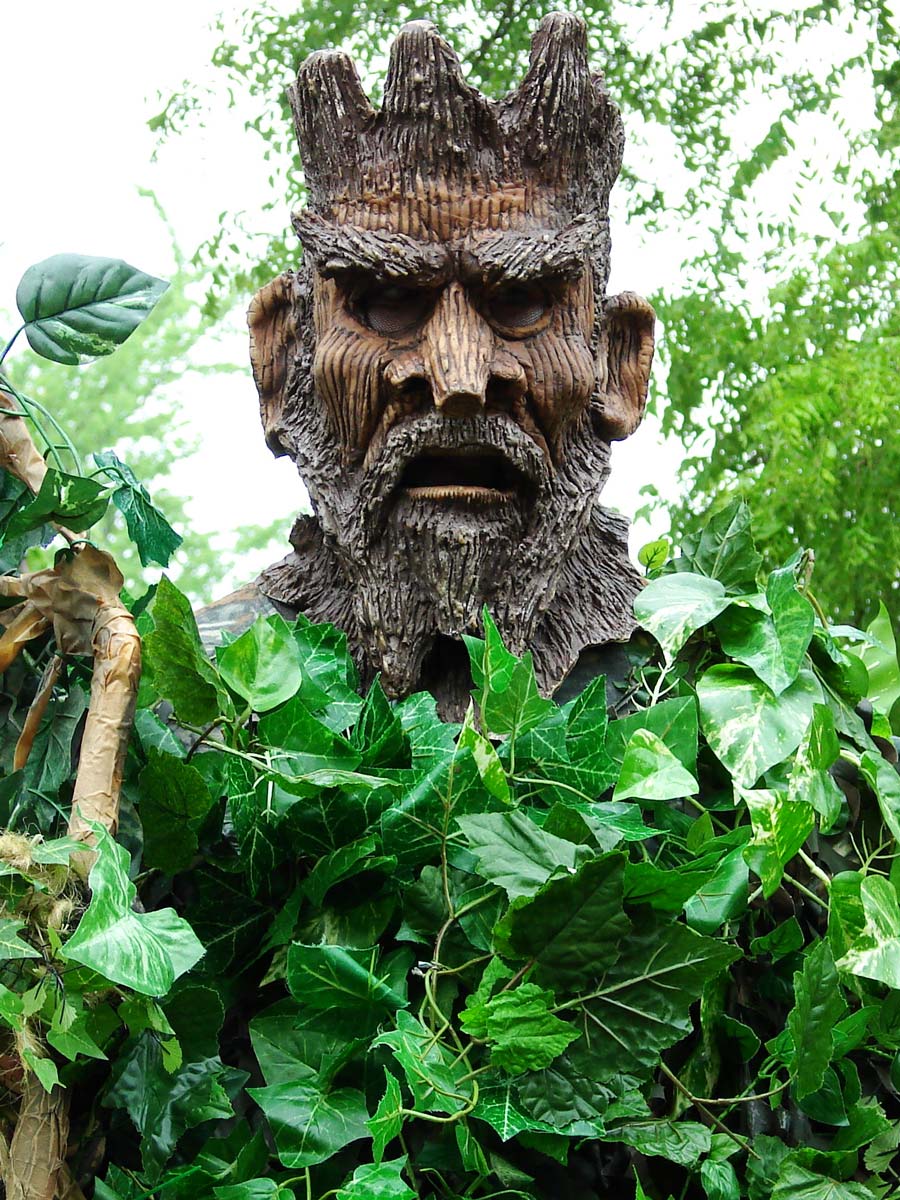
 Lyrics
Lyrics
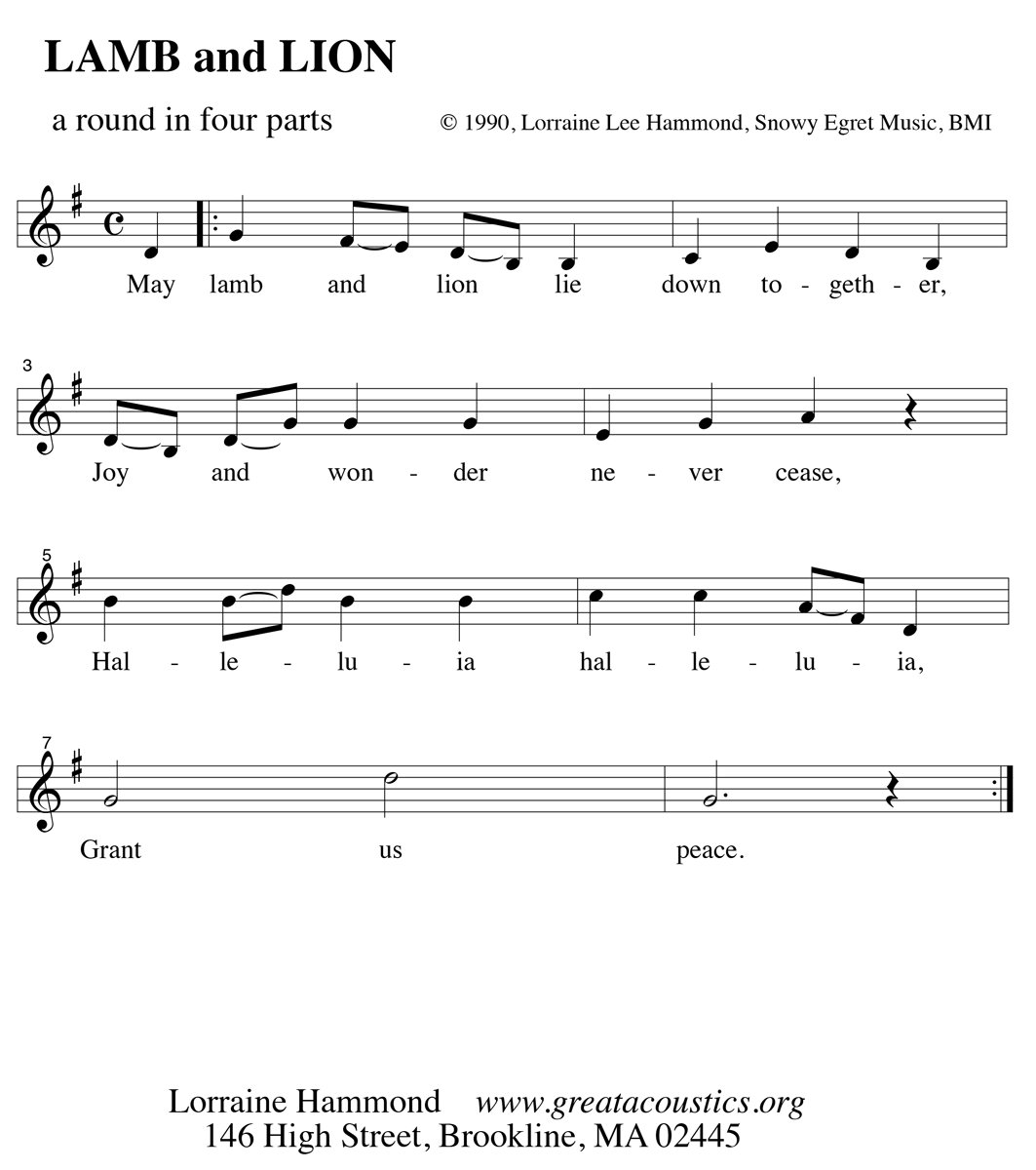
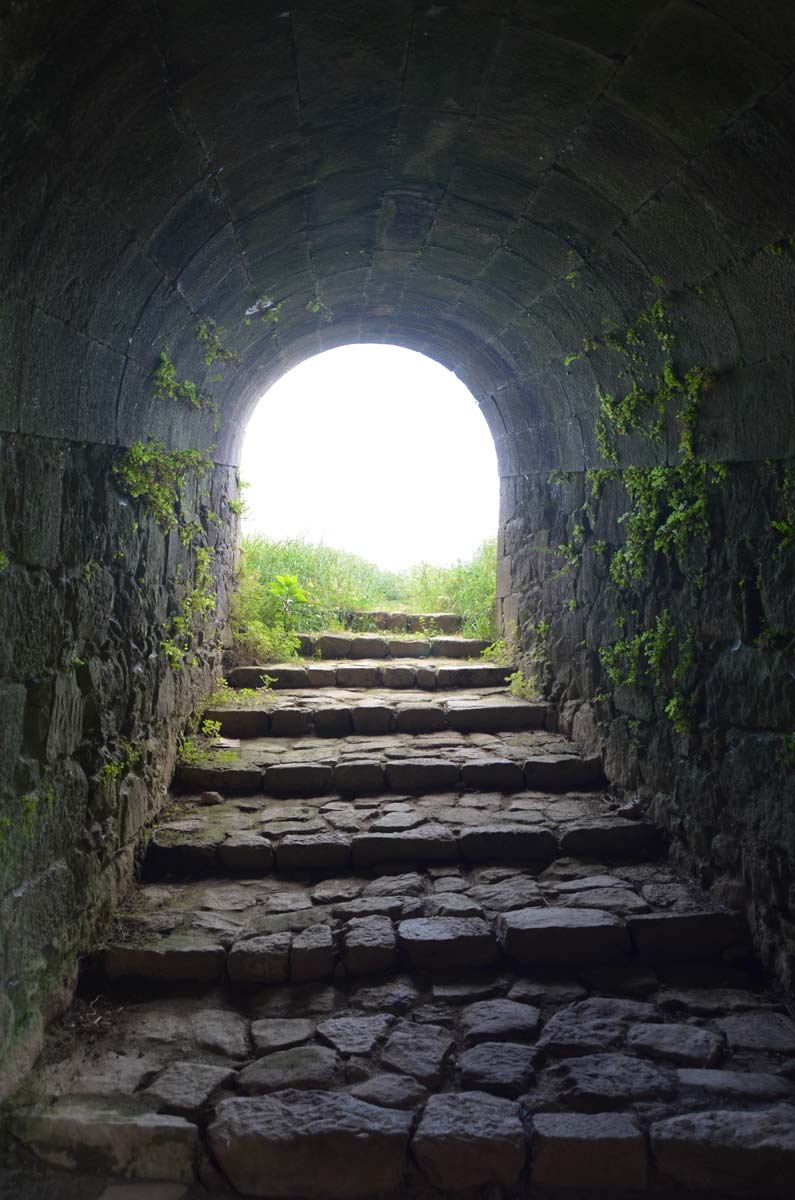


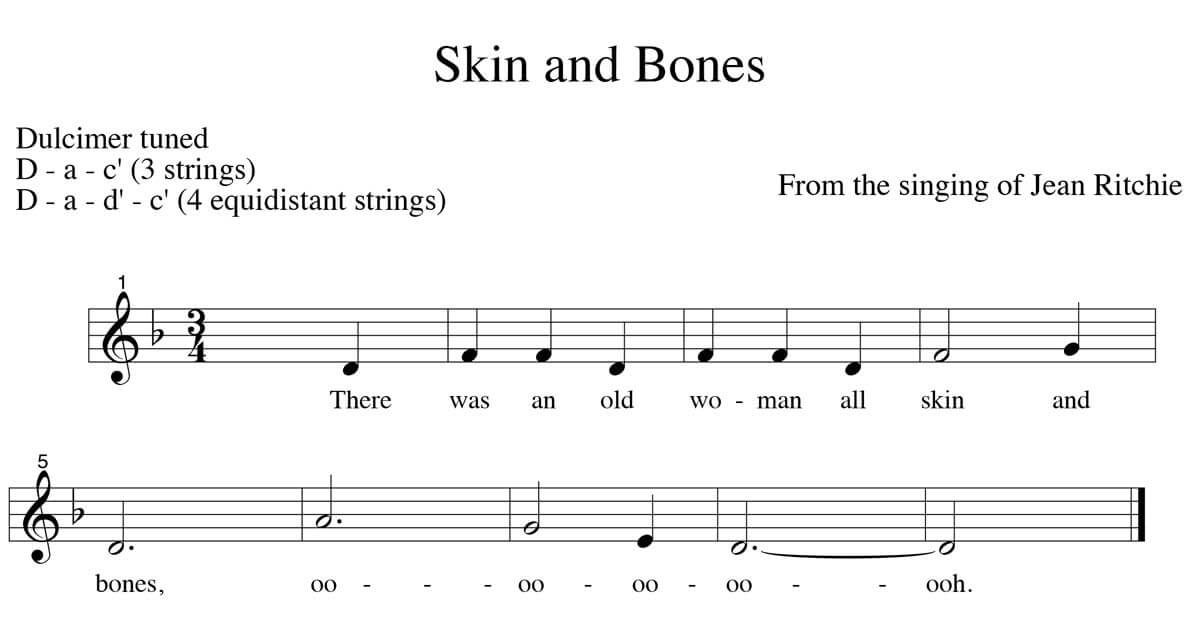
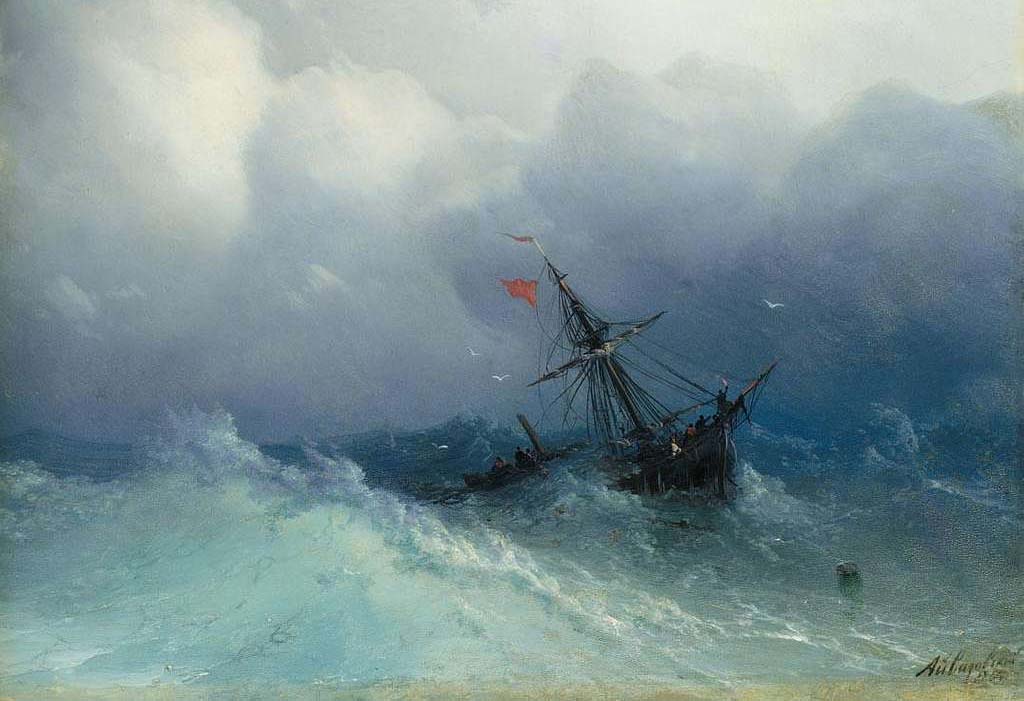

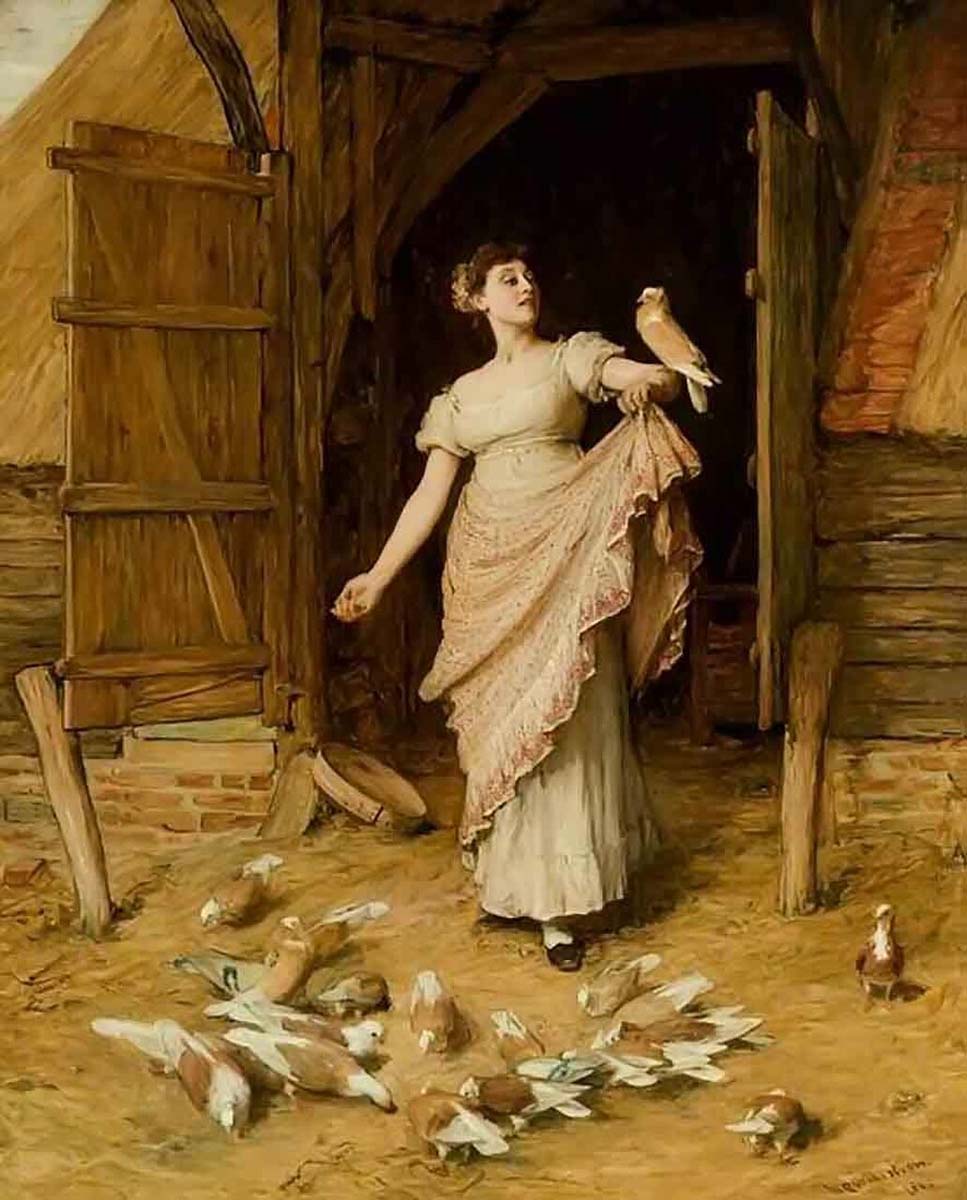
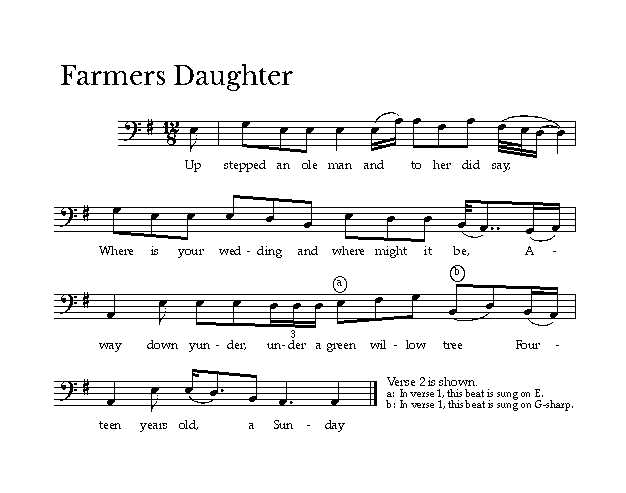
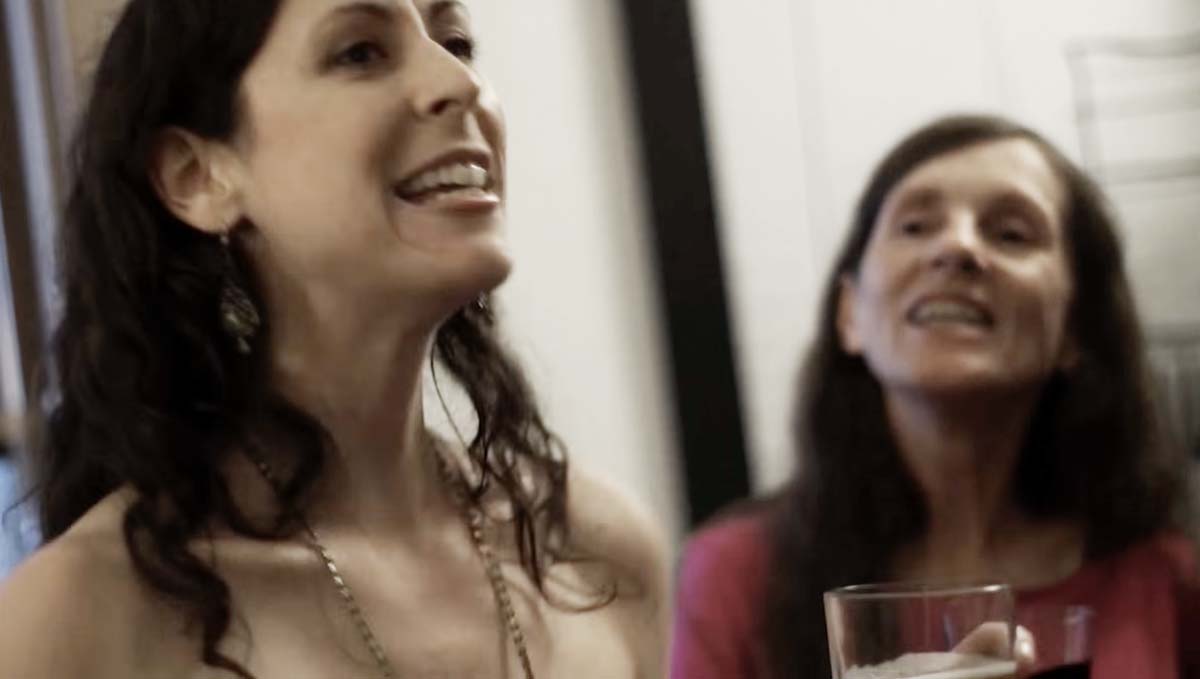
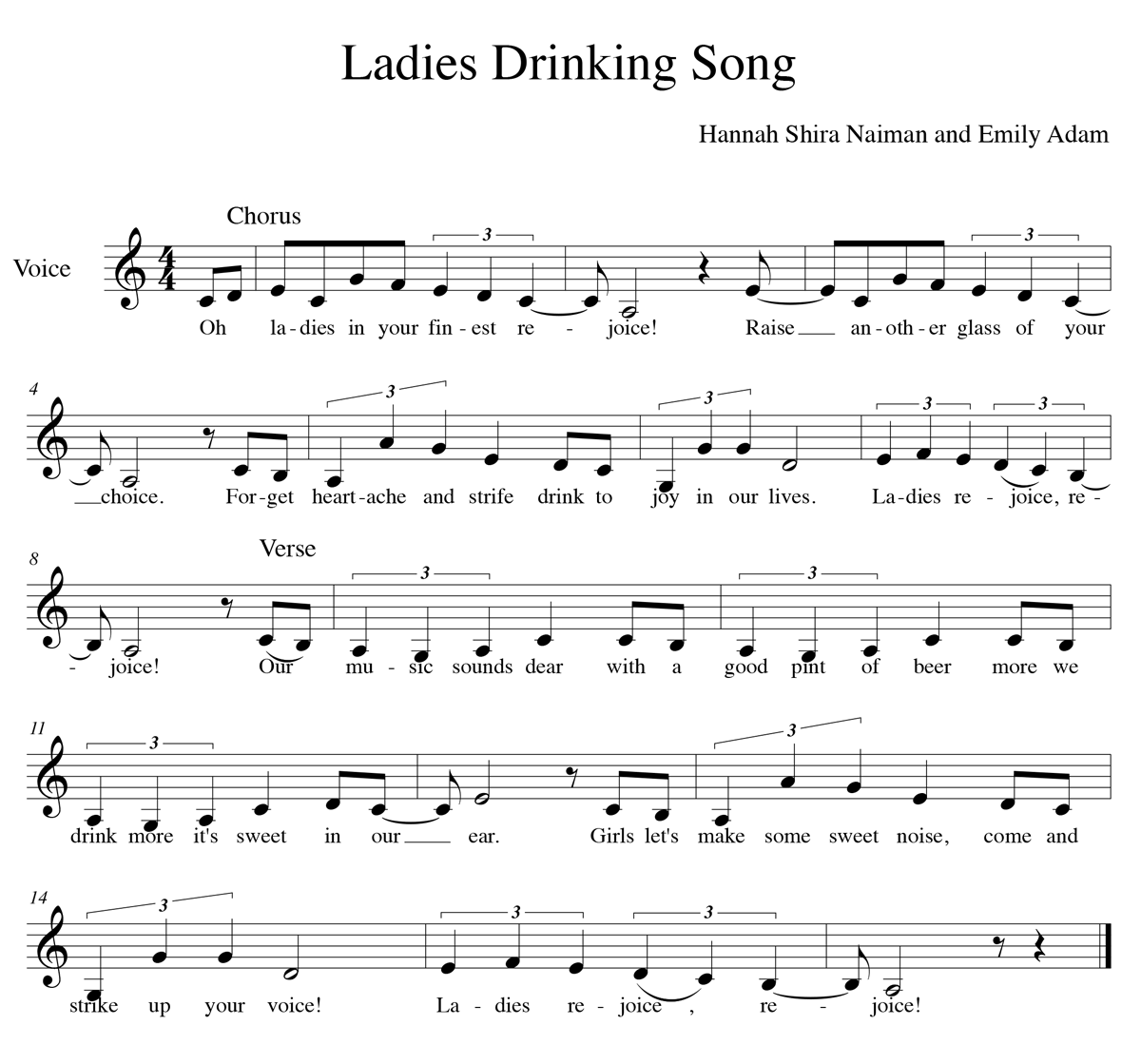
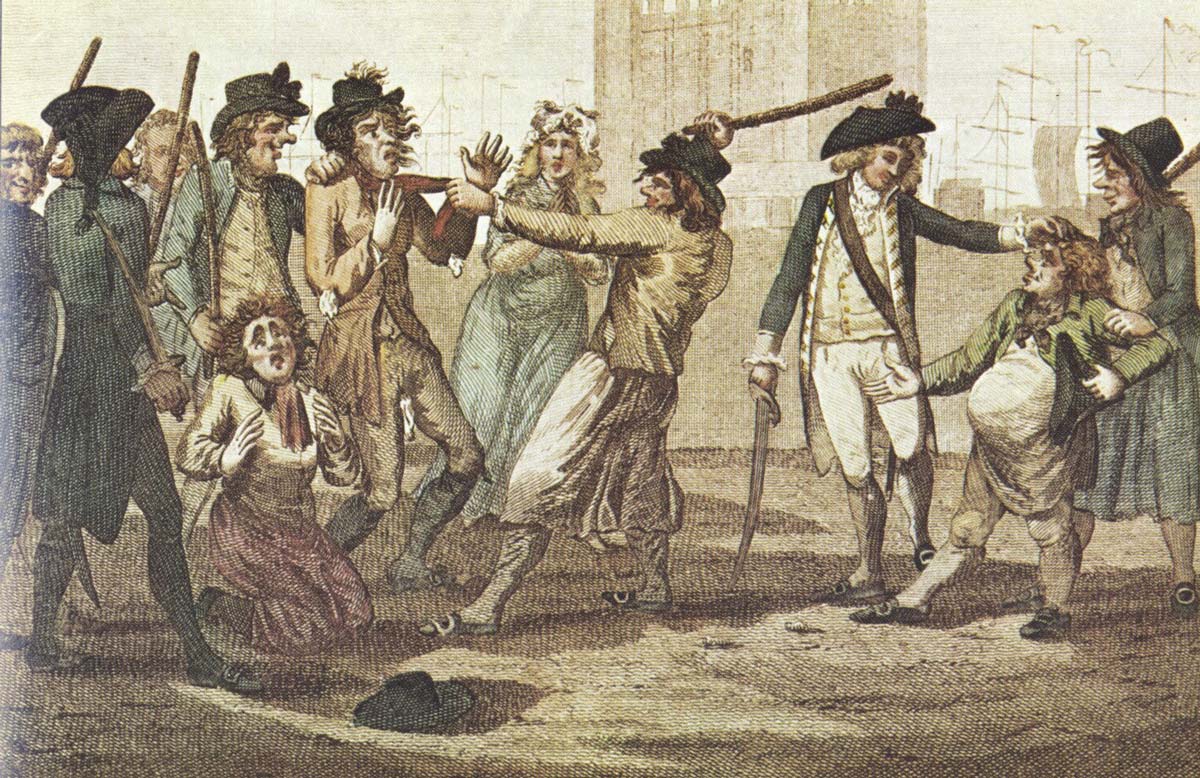
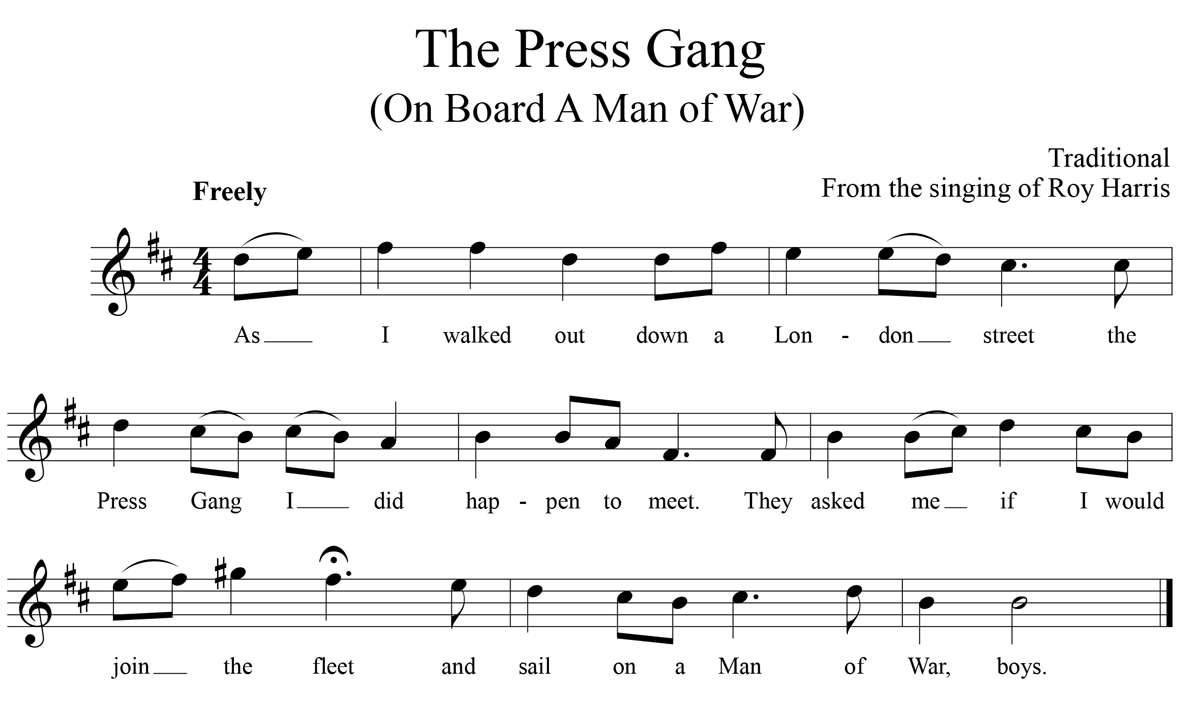
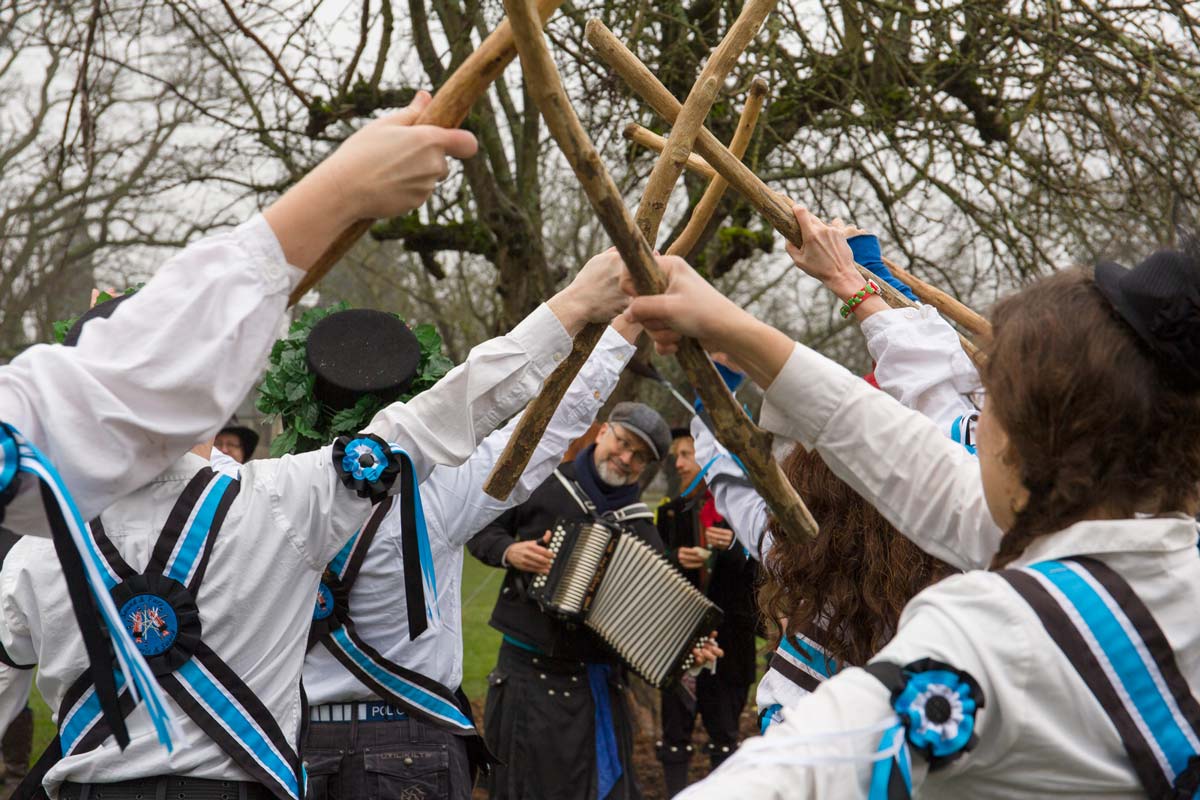
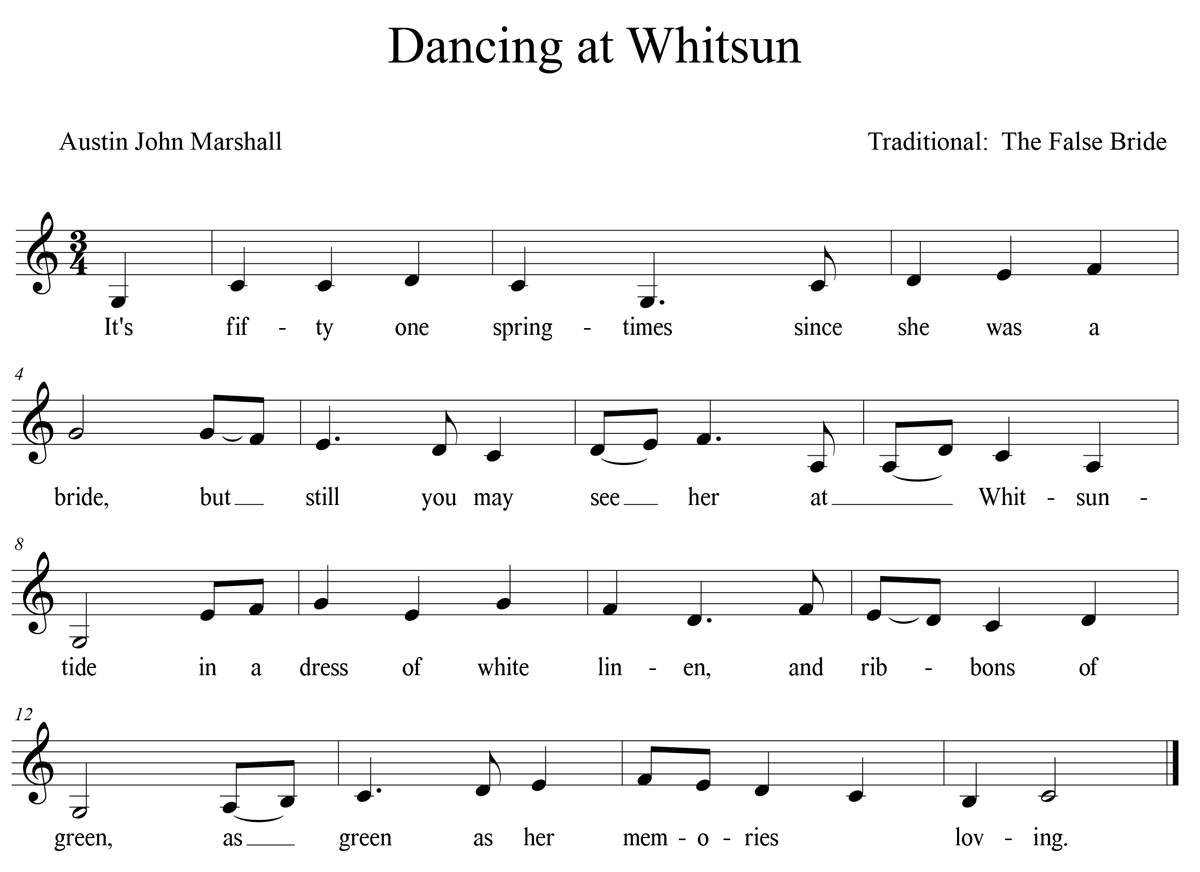
 Thanks to the Massachusetts Cultural Council for their generous support.
Thanks to the Massachusetts Cultural Council for their generous support.